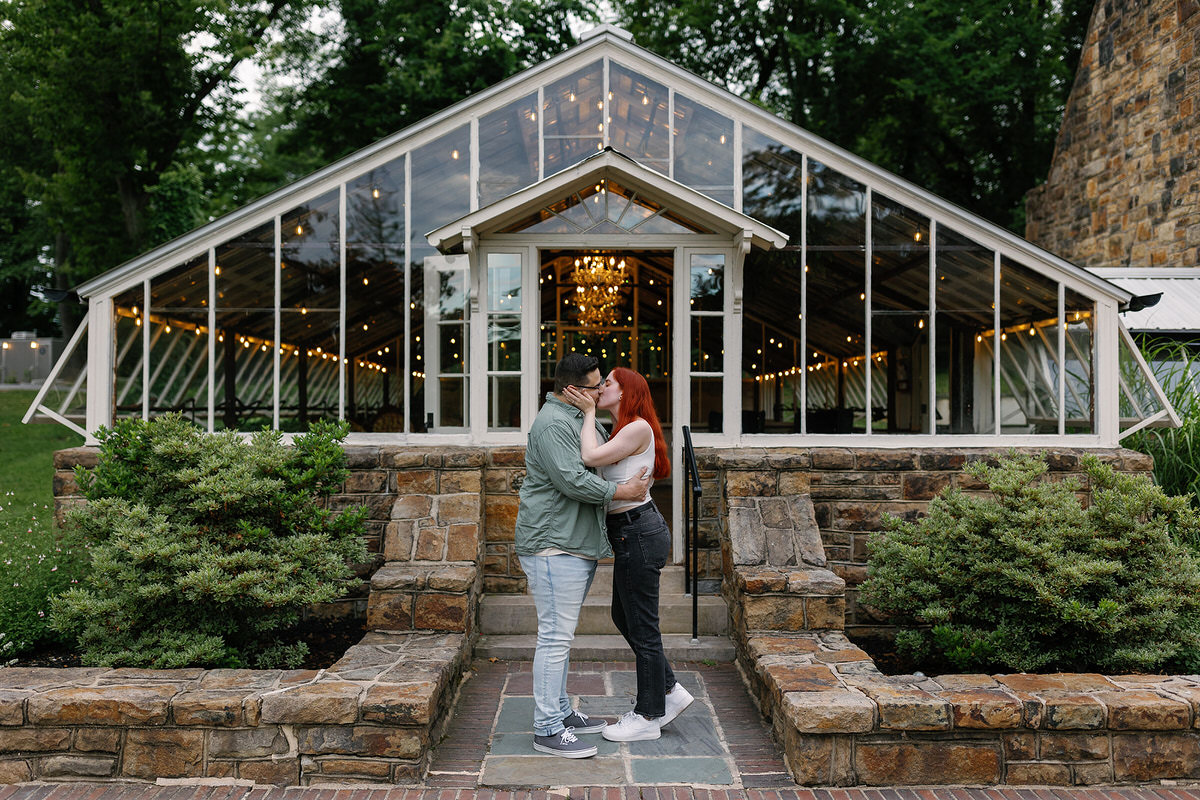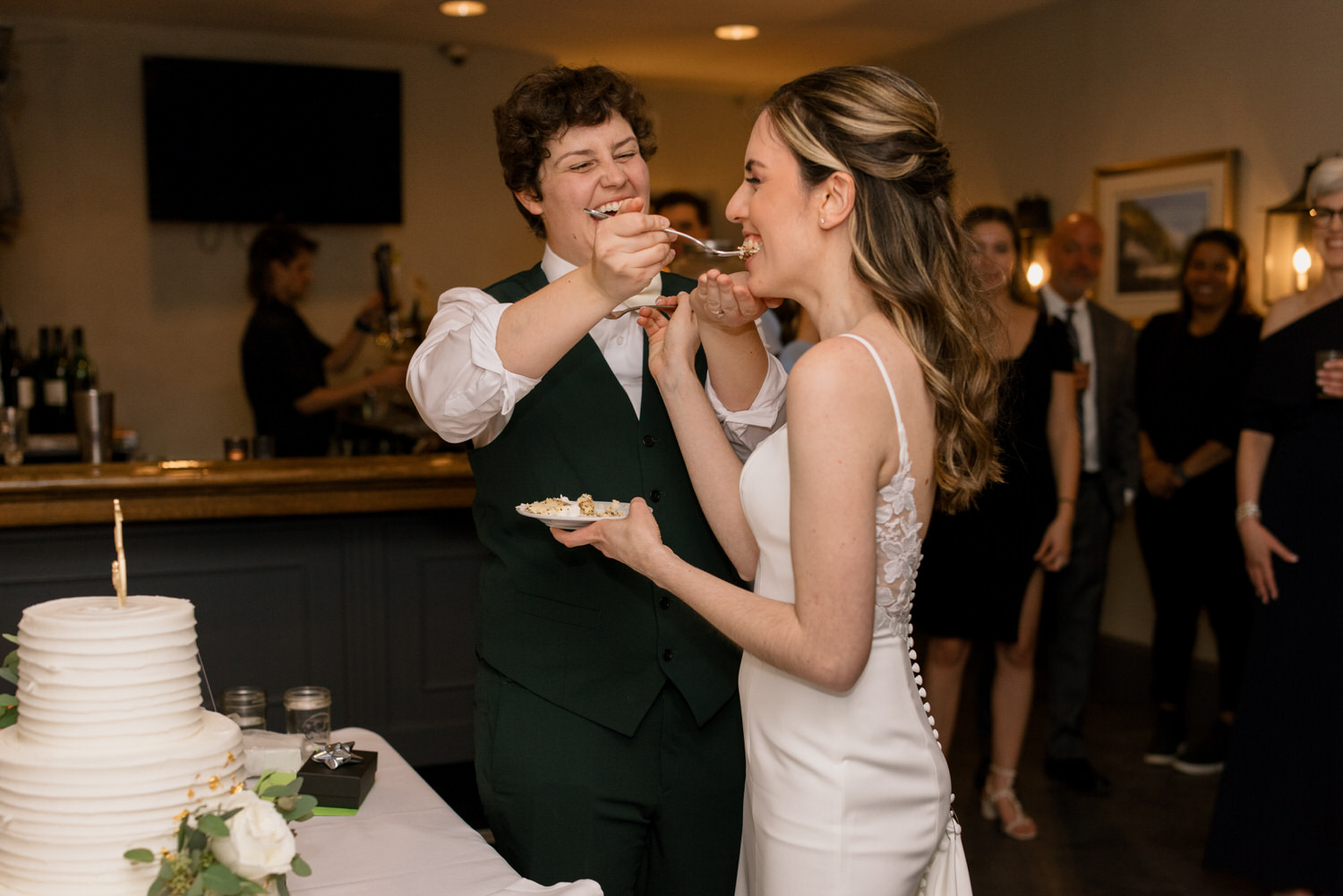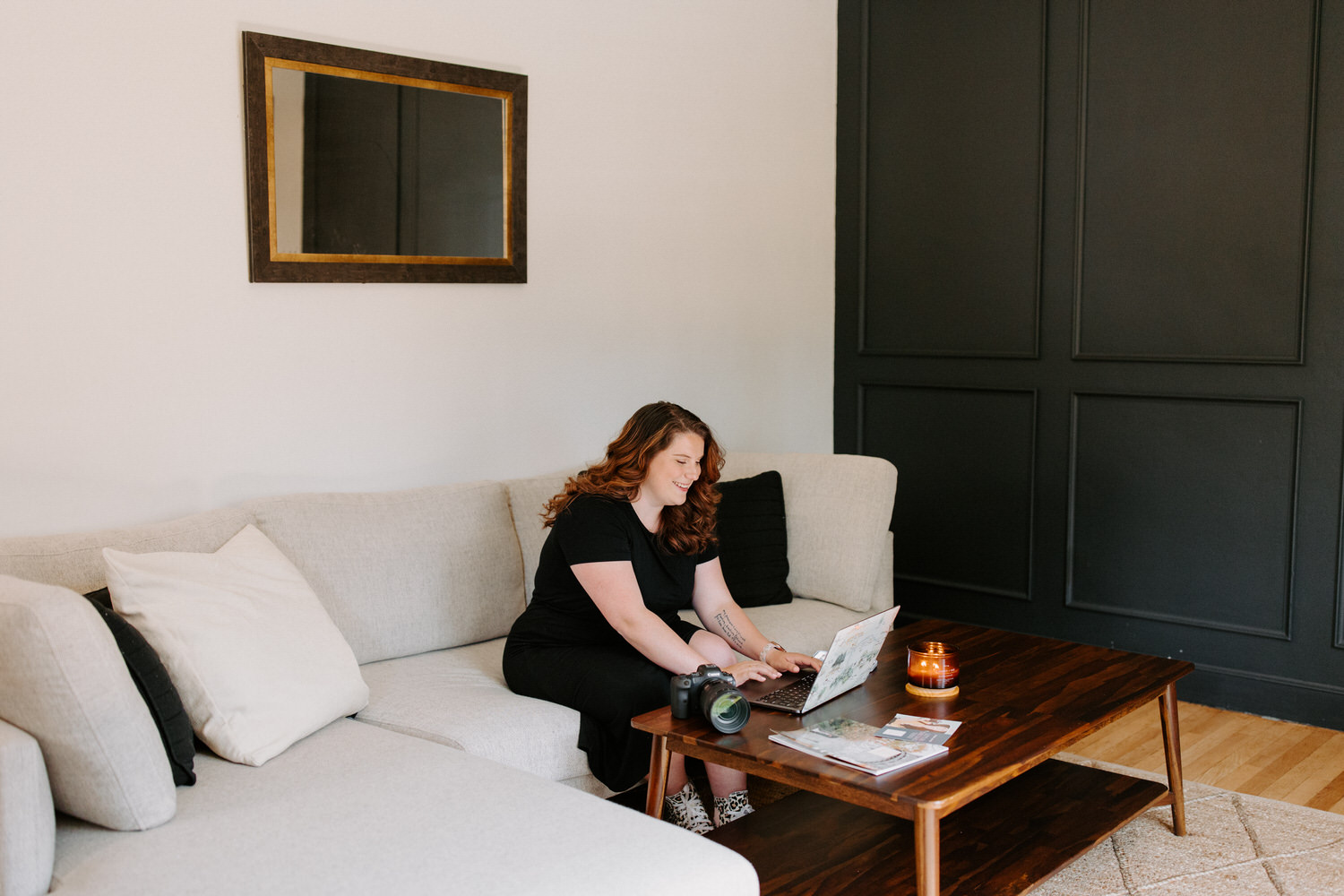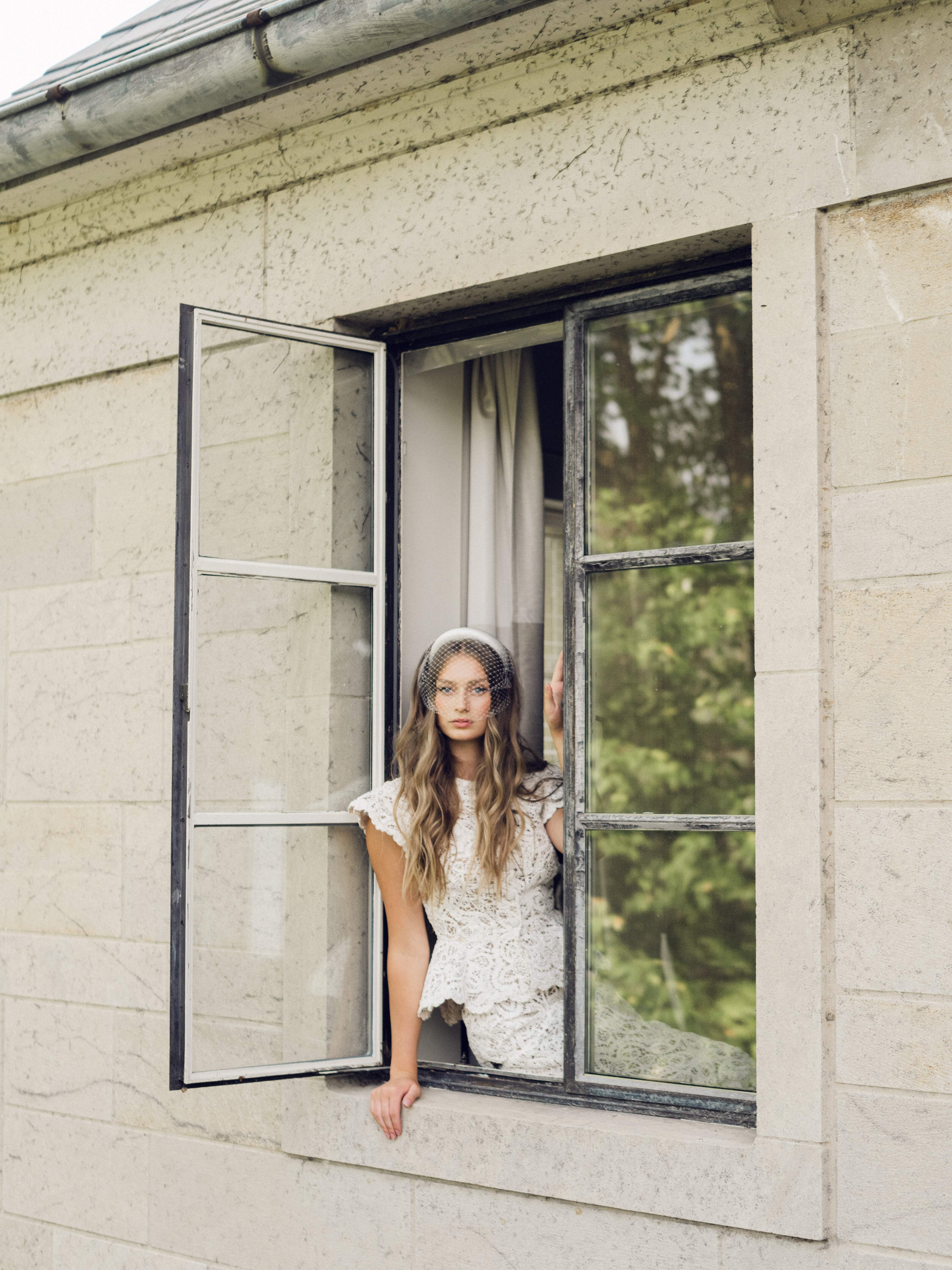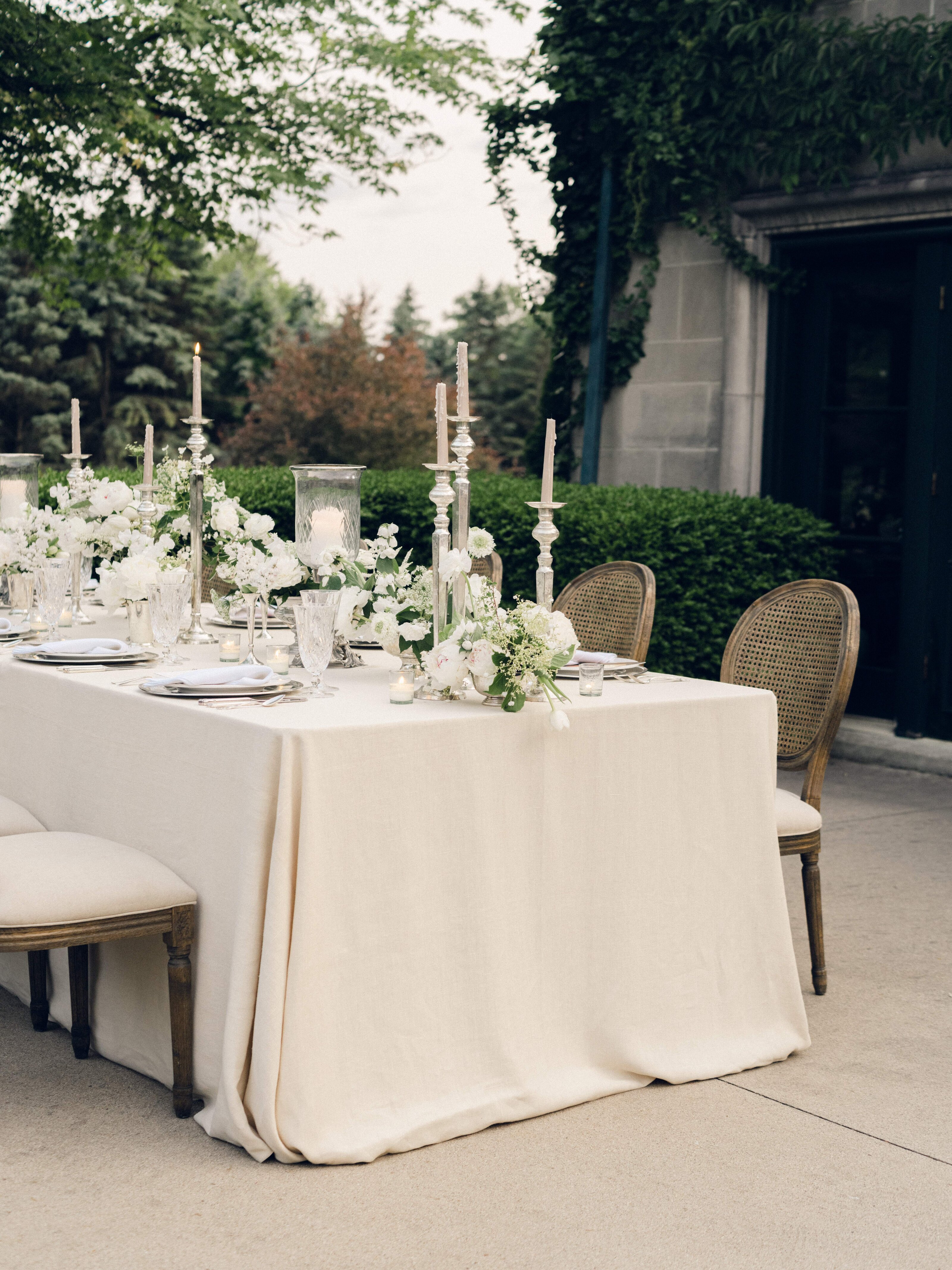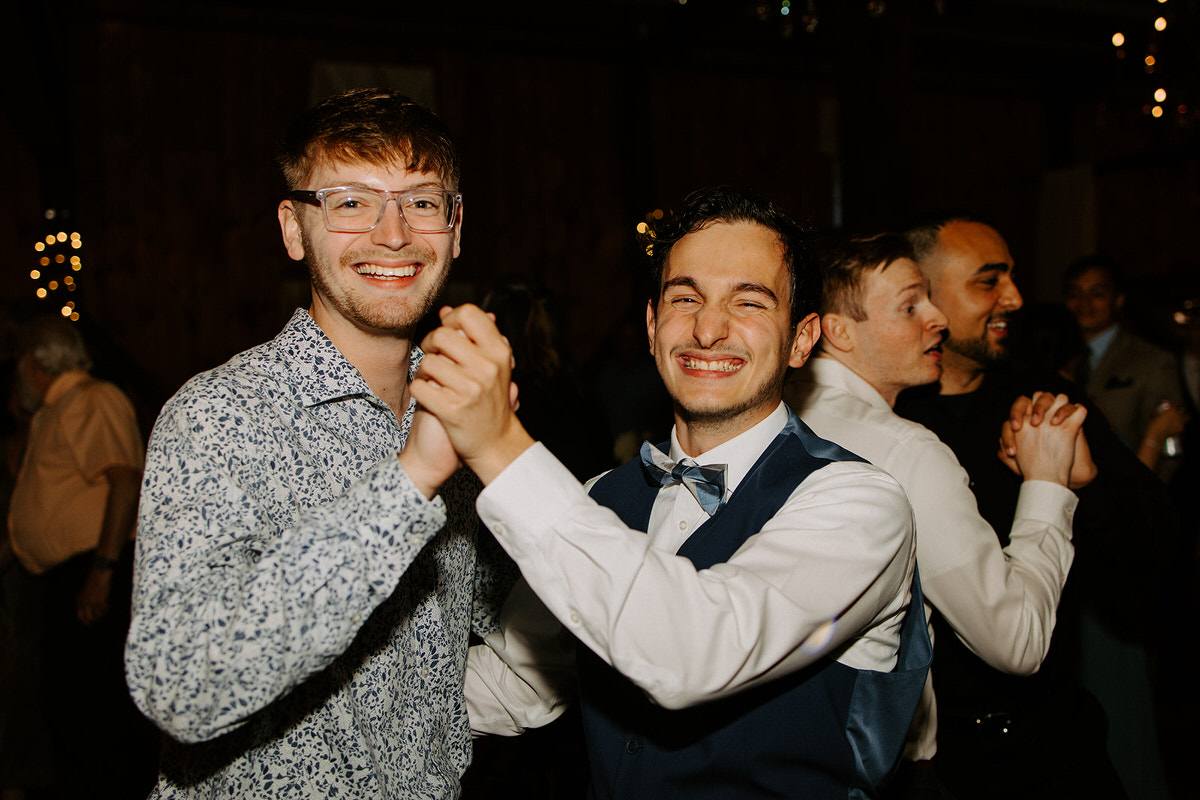
When it comes to photography etiquette, there are some do’s and some don’ts. As a photographer, I’ve put together this guide to help you, as a client, understand what you should and shouldn’t do when working with a photographer.
When you’re working with a photographer, whether it’s your first time or not, it’s always important to follow their specific etiquette rules, which can often be found in their contract. When you’re in doubt, you can always refer back there!
At the end of the day, when you work with a photographer, you’re also working with a small business owner. There are humans behind these businesses! Keep reading to learn more about photography etiquette do’s and don’ts.
Do: Tag Your Photographer on Socials
I thought we’d start off with one that is very often forgotten but so easy to do! Tagging your photographer on social media is crucial when you post your photos. This may or may not be covered in your specific contract with your photographer, but this simple act gives the photographer the credit that they deserve.
It not only serves as a gesture of appreciation but also helps to increase their visibility as small business owners. Social media presence is crucial for photographers, and tagging really is an essential tool for photographers to be able to grow their businesses. Plus, by tagging your photographer, you can even get the added bonus of them potentially sharing your photos, too!
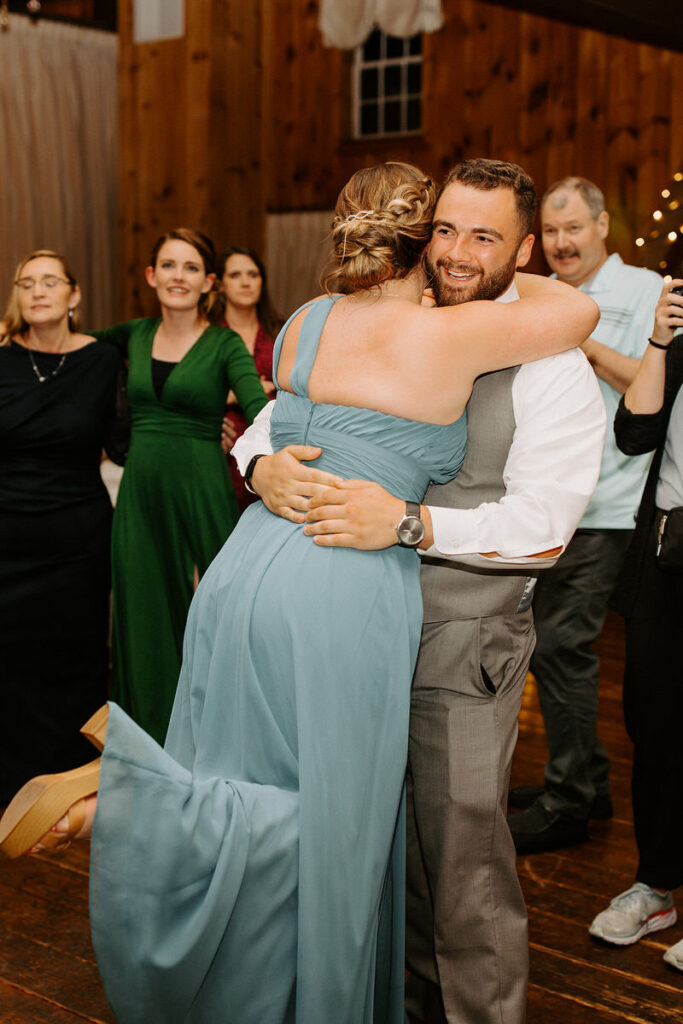
Don’t: Rush Your Photographer’s Editing
It’s also incredibly important in photography etiquette to respect the editing process and understand that each photographer has their own unique turnaround times for post-production. Photographers take their time editing your photos for a reason; if they didn’t, then the process would be rushed, which could lead to photos that aren’t up to their normal standard.
Our goal as photographers is to create work that not only matches the level of our work that we promote in our marketing that you paid for but also that the photos are of the quality that you are expecting.
Every photographer will have their own workflows, techniques, and editing processes, meaning their timelines for delivering the galleries to you can differ pretty significantly. Quality editing does take time, and trust me when I say that having patience is only going to make you even more excited when you get the long-awaited “gallery delivered” email in your inbox!
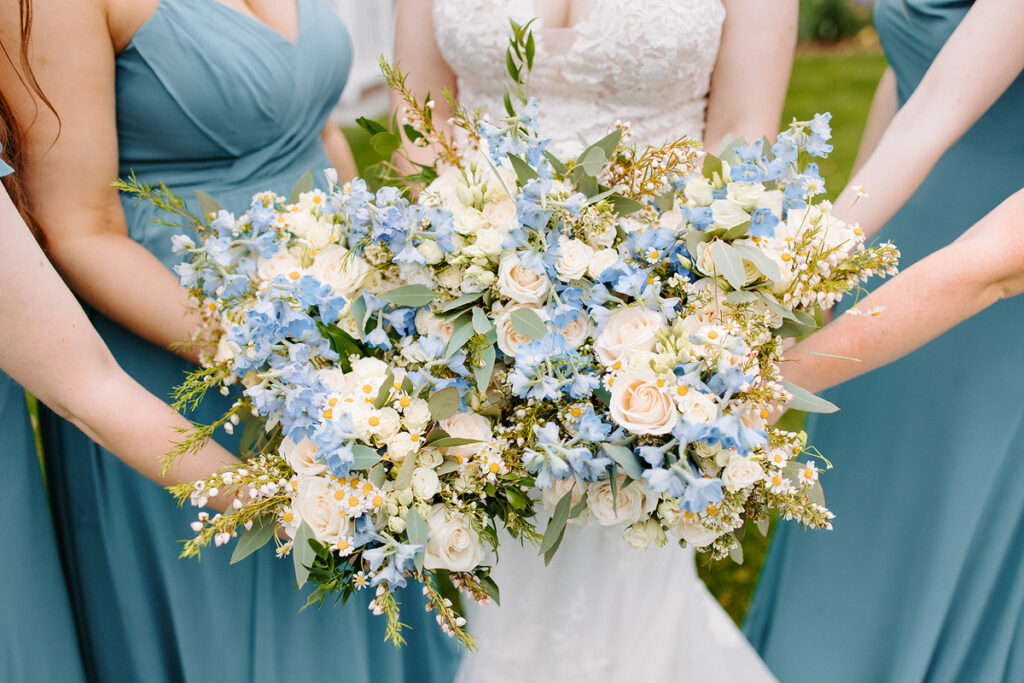
Do: Take the Time to Know How Hands On/Hands Off Your Photographer Is
Similarly, some photographers may be more hands-on, while others may be more hands-off in their process. A hands-on photographer might direct poses or help plan out your timeline. On the opposite end, a hands-off photographer might prefer to document more natural interactions and moments as they unfold, offering minimal direction throughout a session to preserve authenticity.
You’ll most likely also find photographers who are somewhat between both sides, who focus on a mix of more posed imagery and candids. Taking the time to figure out which style your photographer prefers to follow can lead to easier collaboration, and you can always ask before booking a photographer how hands-on or hands-off they prefer to be!
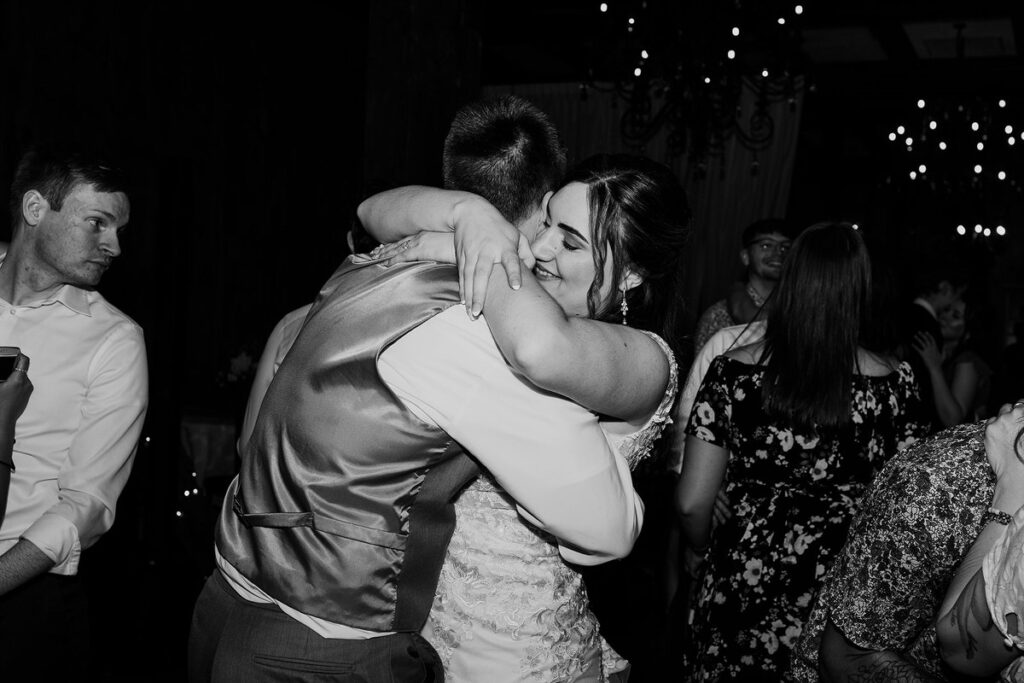
Don’t: Be Too Inspired by Pinterest for Your Shotlists
Many photographers may ask for a Pinterest board with the types of shots/photos/poses that you’re hoping to get as inspiration for your session. However, it’s important to trust your photographer (more on that later) and strike a balance. Leaning too heavily into the inspiration on Pinterest is going to lead to a lack of originality in your photos.
Pinterest is an excellent starting point for gathering ideas, but it’s important to use it as a springboard rather than a blueprint!
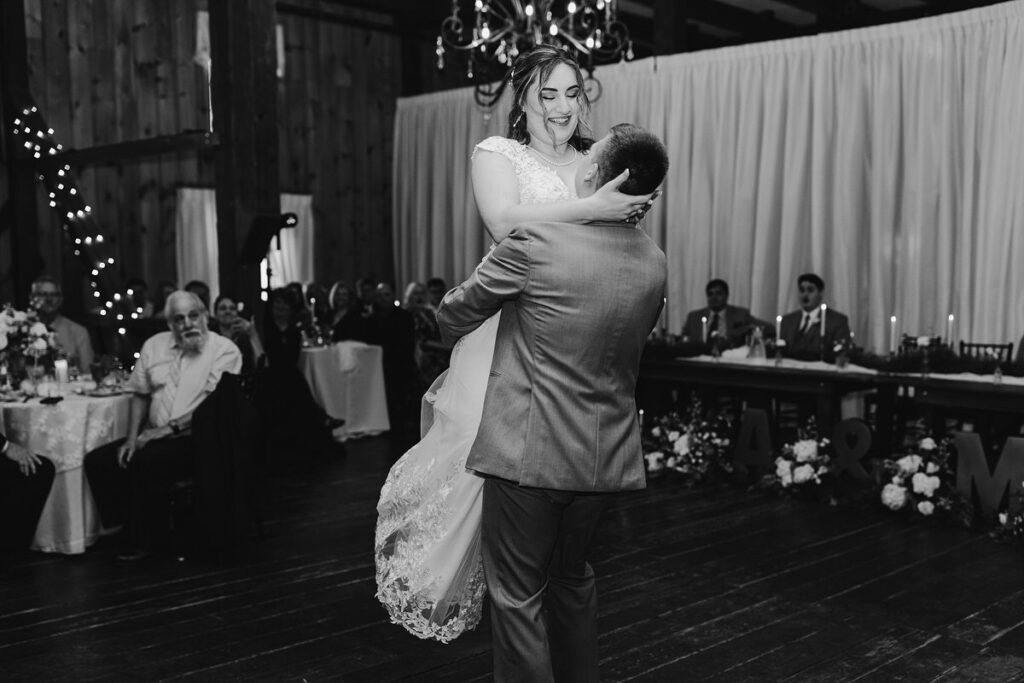
Do: Consider All Options (i.e. Do You Need a Second Shooter?)
When booking a photographer, be sure to thoroughly consider all your options, including the potential need for a second shooter. A second shooter is an additional photographer who works alongside your primary photographer to capture different angles and moments that the main photographer might miss, especially in more fast-paced or large settings like weddings.
A second shooter brings an added perspective that can help to provide a more comprehensive gallery, even if it’s photographing the same scene from multiple angles, thanks to having two shooters.
If you’re ever in doubt about what your best options are for what you’re looking for, you can always ask your photographer. They’ll be honest with you about what they think would be best given your situation!
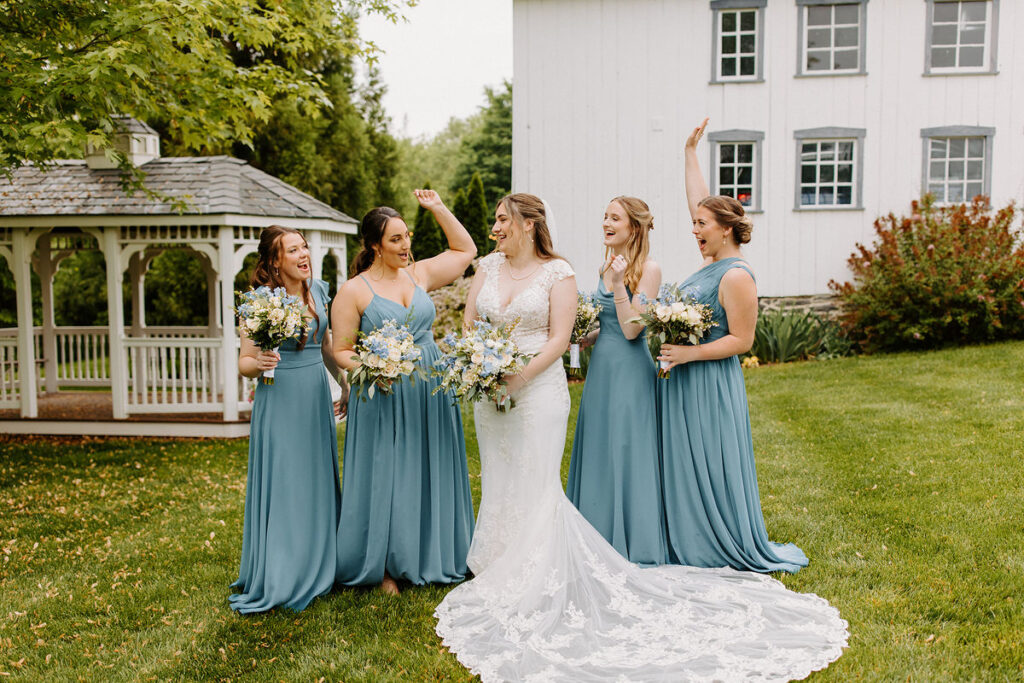
Don’t: Re-Edit Your Photos From Your Gallery
When you receive your final gallery, one of the best pieces of photography etiquette advice is to not re-edit the photos. Don’t pop them into VSCO, or Photoshop, or even use an Instagram filter. The images that you receive are the result of the photographer’s skill, creativity, and unique vision, and it’s often against the contract you signed to do so.
Re-editing these photos undermines your photographer’s artistic integrity and can potentially violate contract terms. There’s also the fact that doing this can cause their work to be of a different quality than it actually is when you share it.
Going along with this, be sure also not to ask your photographer for the RAW files. A RAW file is a photo type that records the maximum amount of information possible from any given photo. This allows photographers to hold significant creative control in the post-processing and editing of their photos, where they can adjust exposure, white balance, and more while maintaining high image quality.
Photographers will provide you with JPGs that have been edited to showcase the best of your day in their style. Trust me when I say that you do not want to see the RAW files, nor do you need them!
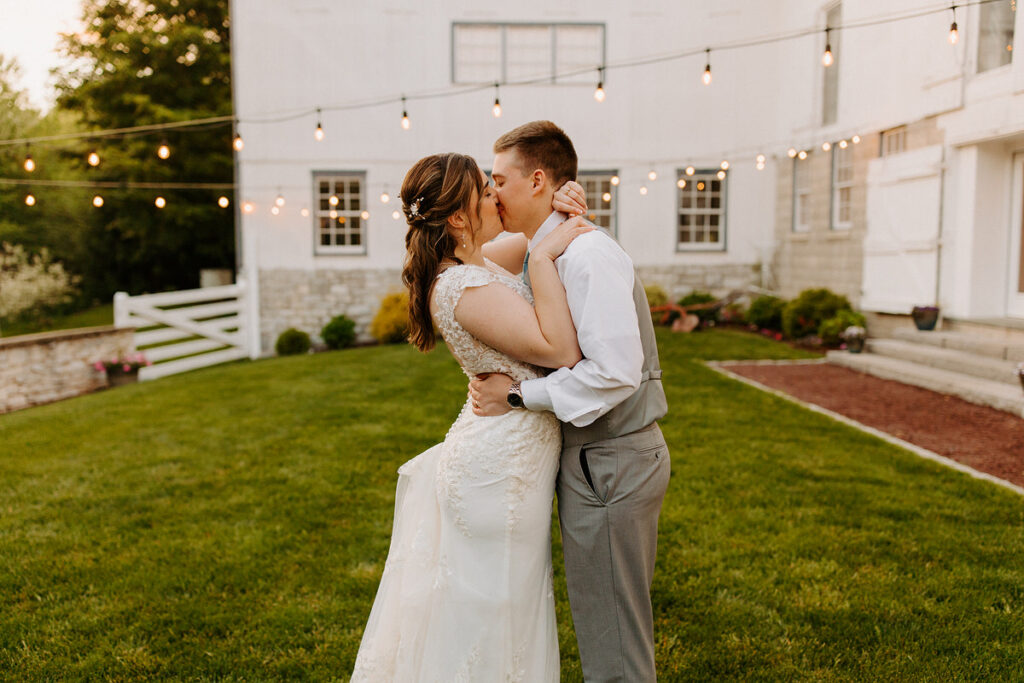
Do: Trust Your Photographer During Your Session
During your session with your photographer, it’s so important to trust them! All photographers have experience that made you choose them in the first place. They are extremely creative and have an understanding of how light, composition, and angles can really change an image. By trusting them during your session, you will truly love your final galleries even more.
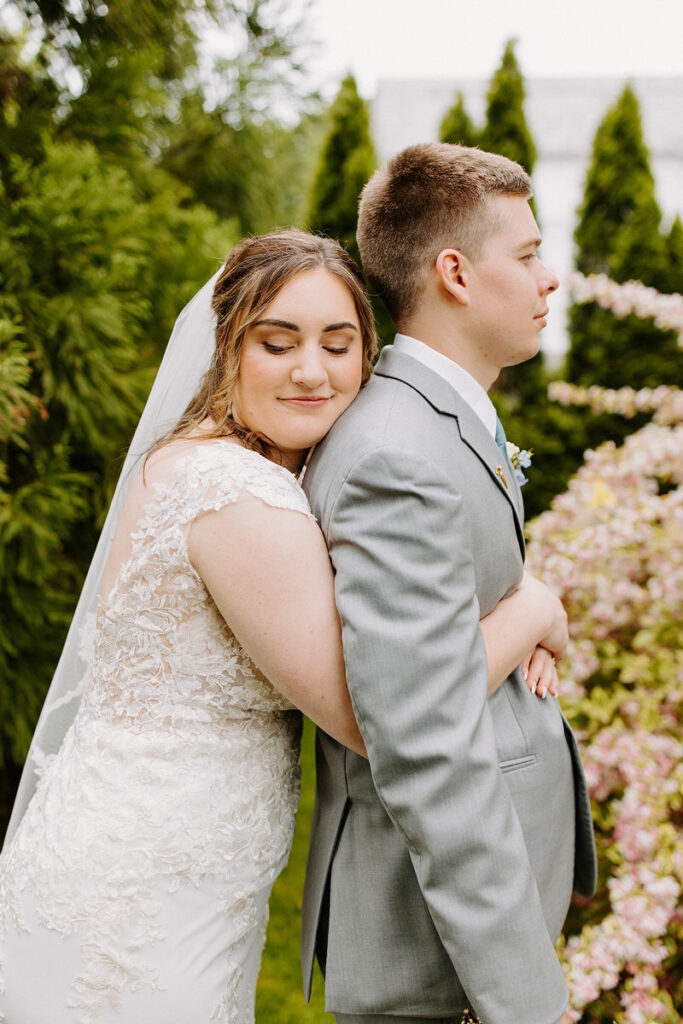
Don’t: Crop Your Final Photos
As a photographer, I, along with others, carefully compose each shot, considering aspects like storytelling, composition, and balance, and then further refine these elements during the post-processing. It’s common photography etiquette not to crop your final photos, as cropping can disrupt the balance and remove key details that had an impact on the initial photo edit.
Similarly to my other points, sharing altered photos will no longer accurately represent the photographer’s style or skills, which can truly affect their reputation as a small business.
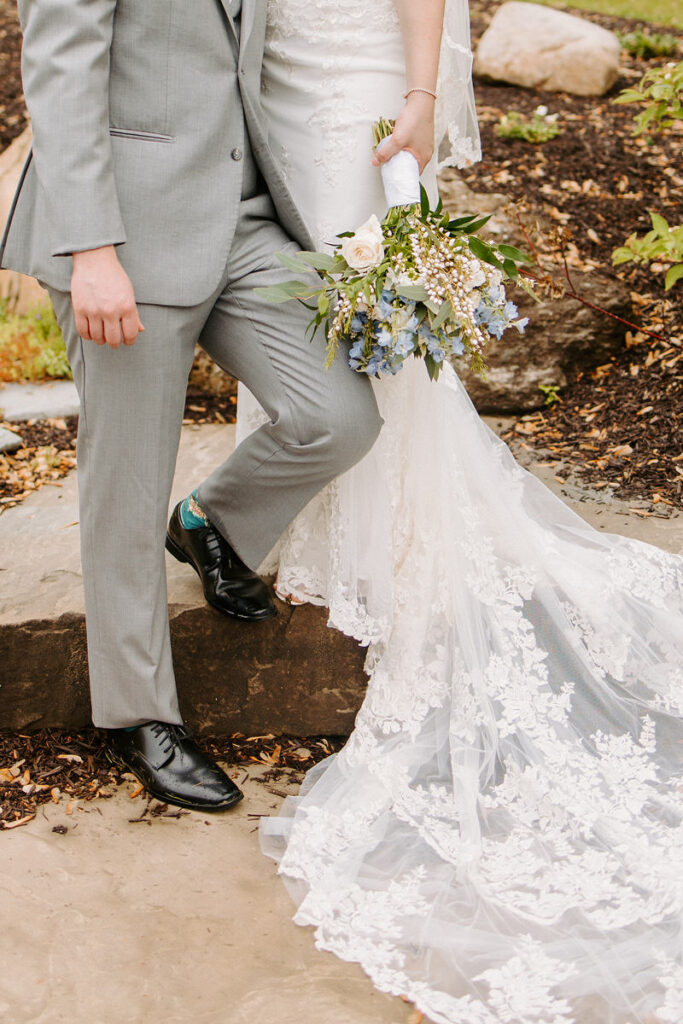
Do: Leave No Trace & Be Considerate in Public
It’s incredibly important to always leave spaces as you found them, especially when photographing in the great outdoors and other public spaces. This allows the natural environments to stay as nice as possible so future generations can enjoy them, too.
When taking photos in public areas, such as more urban spots, it’s also important not to highly impact those around you. Be considerate of people working, going about their day, etc., during your session.
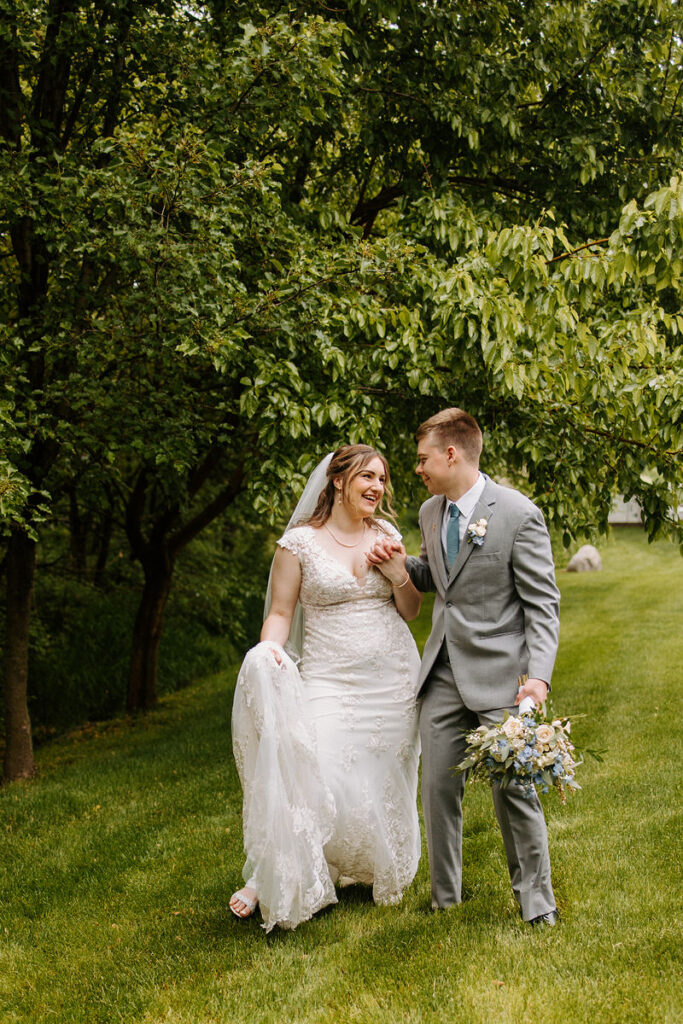
Don’t: Keep Your Thoughts & Questions to Yourself
Open communication between clients and photographers is so important. Clear communication before, during, and after a session makes sure that all expectations are aligned and any concerns are more easily and quickly addressed.
If at any time you have a question or concern, it’s always better to ask sooner rather than later. Photographers are always here to help, even if it’s just something small, like not understanding a specific photographer’s term (like RAW files) or their specific process. We are always here to help and want you to love your photos!
Do: Have Fun
Lastly, and this one should go without saying, have fun! This is an added bonus and truly will result in even more authentic and fun images. If you’re having fun, it truly will show through in your photos and will allow you to feel more like yourself and have genuine smiles and laughter – aka, those candid shots that we all know and love.
Well, there you have it! I hope you took some do’s and don’ts away from this photography etiquette post, and again, if you ever have any questions, be sure to always reach out to your specific photographer, as these may vary.
If you’re still looking for a photographer for your brand, wedding, engagement, or something else, click here to check out my services and here to get in touch.
Check out these posts next:
+ view the comments
